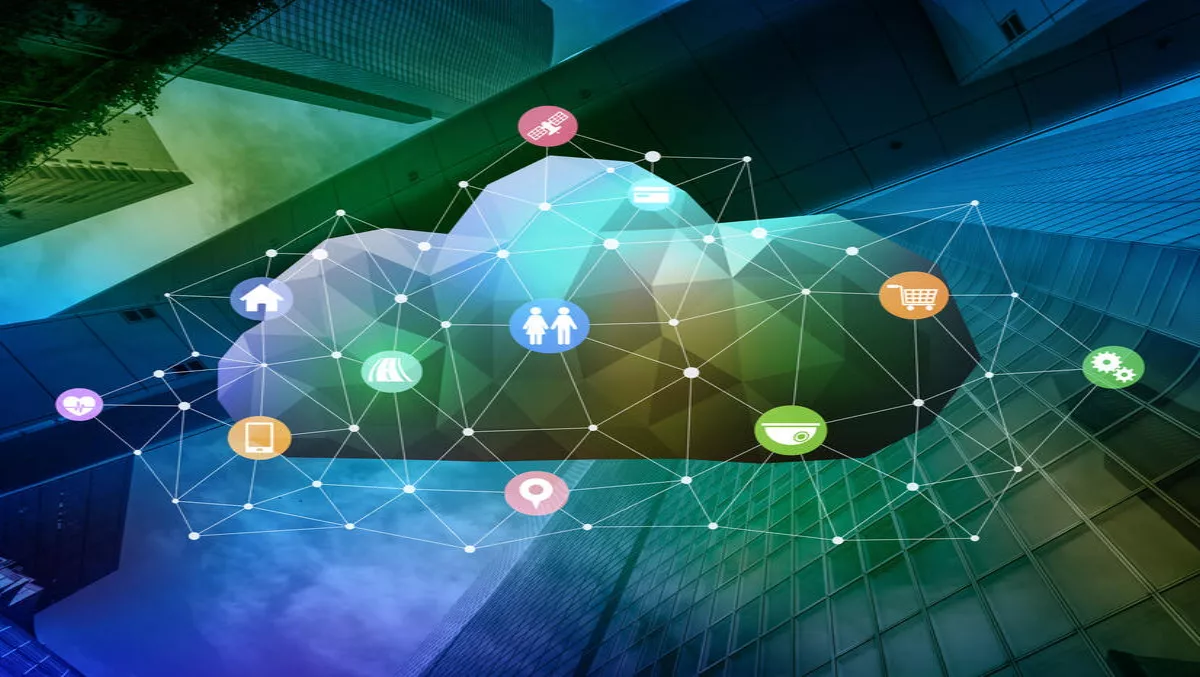
How cloud, IoT and digital services have driven the development of DCIM as a service
There's no doubt that Cloud, the Internet of Things (IoT) and digital services are some of the hotter topics today.
Add in big data and analytics, machine to machine (M2M) data and artificial intelligence and you've pretty much got all of the major technology trends facing us today.
So it came as no real surprise that most of these terms were all liberally sprinkled into questions I was asked to field during the recent introduction of StruxureOn in the UK and Ireland.
From our point of view, the IoT encompasses all the devices we have in the data center that have built-in intelligence – ones that can actually communicate and be understood by computer software.
As with industrial processing and manufacturing, there is a lot of data from which we can gain insights being generated by the physical equipment which pumps, heats, cools and powers the infrastructure supporting the IT load.
By putting that data into a Cloud infrastructure, doing analytics on it and creating big data we are bringing more value back to our customers.
From what we can see, this is the bigger story in the StruxureOn introduction.
t's about using data to help customers understand their data centers better; how they are performing, how efficient they are, how many alarms and incidents and occurrences of incidents that occur over time, how old their equipment is, should I replace components inside IoT devices and so on. It's about bringing much more in-depth and actionable information to our customers.
It seems to me that data analytics are already key to delivering value for customers. However, I believe that we are just scratching the surface in this area. The current StruxureOn offer includes a report to our customers that analyzes their site.
We are moving away from analyzing the individual components or devices that sit in the data center and taking a much higher level view of trends and efficiency, and maybe what devices are typically faulty or are emitting alarms.
The idea is that you can start actually understanding where to focus in order to optimize your data center, rather than just facing one big wall of information.
Clearly, StruxureOn follows the cloud model with customers required to do no more than enable a gateway in the data center so that data from the physical environment can be uploaded over an encrypted link; and then download an app so that insights and alerts can be received using smartphones and tablets.
In a recent report, 451 Research have stated that this style of DCIM-based cloud services could potentially be disruptive, transforming manual on-premises approaches into remote, data-driven and (eventually) automated ones.
Clearly the big trends which affect IT specifically and many vertical sectors generally, are also having an impact on the data center.
They are not only driving a lot of the requirement for next generation facilities to process and store the higher volumes of data that result, but they also provide technology enablers that are helping the move towards more reliable and autonomous data centers which can be managed more effectively and efficiently.
In those respects, IOT, Cloud and digital services have already made their mark on DCIM with the introduction of StruxureOn.
Article by Henrik Leerberg, Schneider Electric Data Center Blog

